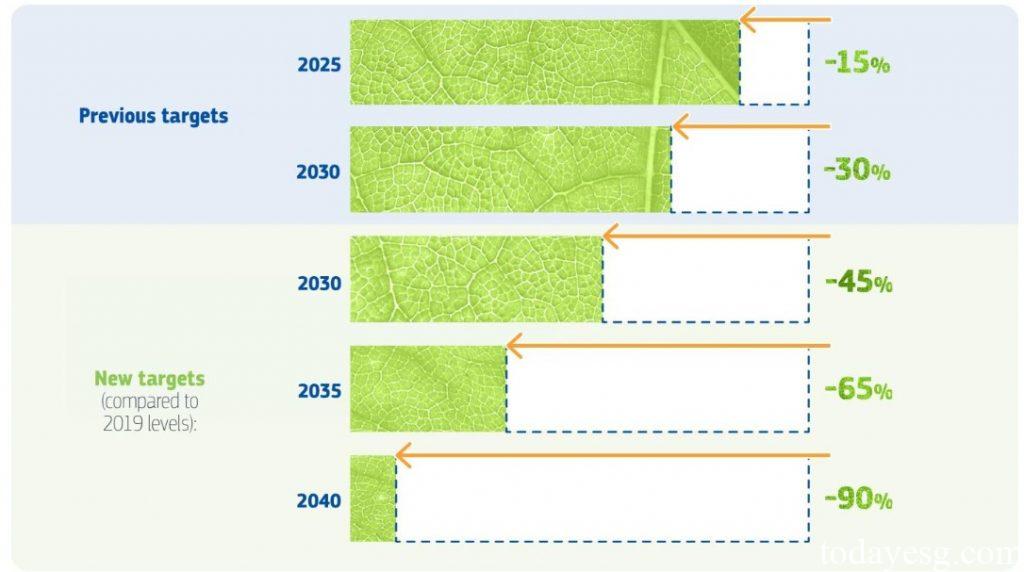Heavy-duty Vehicles Carbon Emission Standards
The European Council, the EU’s highest decision-making body, signs new heavy-duty vehicles carbon emission standards, aiming to revise and strengthen the heavy-duty vehicle carbon emission standards announced in 2019 and introduce new emission targets.
The EU believes that lorries, buses and coaches account for 25% of the EU’s total road transport carbon emissions and 6% of the EU’s total greenhouse gas emissions. To combat climate change, these heavy-duty vehicles need to reduce CO2 emissions to help the EU achieve its 2050 climate neutrality target.
Related Post: EU Plans to Set 2040 Climate Target
Existing Heavy-duty Vehicles Carbon Emission Standards
Before the release of the new carbon emission standards for heavy-duty vehicles, the European Union formulated similar standards in August 2019. This standard uses July 2019 to June 2020 as the reference standard, requiring heavy-duty vehicles to reduce carbon emissions by 15% relative to the reference standard in 2025, and to reduce carbon emissions by 30% relative to the reference standard in 2030. Existing carbon emissions standards first cover large lorries, which account for 73% of total heavy-duty vehicles emissions.
In 2023, the European Commission proposed to revise the existing carbon emission standards for heavy-duty vehicles and introduce more stringent carbon emission requirements. The European Commission believes that the existing 2025 carbon emissions target can be achieved through existing technical means and has assessed the 2030 carbon emissions target. In addition, the European Commission plans to expand the applicable vehicle types of the standard to smaller trucks, city buses, long-distance buses, and trailers to accelerate the net-zero process.
Revised Heavy-duty Vehicles Carbon Emission Standards
The heavy-duty vehicles carbon emission standards adopted by the European Council this time are more stringent than previous standards and stipulate new carbon emission targets. The revised carbon emission standards for heavy-duty vehicles require a 45% reduction in carbon emissions relative to the reference standards in 2030, a 65% reduction in carbon emissions relative to the reference standards in 2035, and a 90% reduction in carbon emissions relative to the reference standards in 2040. In addition, the revised standards require all city buses to reduce carbon emissions by 90% in 2030 and achieve zero emissions in 2035. This standard does not apply to inter-urban buses.

The European Council believes that revised carbon emission standards for heavy-duty vehicles will reduce air pollutant levels, reduce fuel expenditure costs, reduce the EU’s dependence on fossil fuels and improve the efficiency of the transport sector. In addition, zero- and low-emission vehicles can promote the application of low-carbon technologies and help the EU achieve its 2050 climate neutrality goal.
The revised carbon emission standards for heavy-duty vehicles will be published in Official Journal of the EU and will take effect 20 days after publication. The EU plans to review the effectiveness and impact of carbon emissions standards in 2027. In addition, the EU will develop a common method to assess and report life cycle CO2 emissions data for new heavy-duty vehicles.
Reference:
Heavy-duty Vehicles: Council Signs Off on Stricter CO2 Emission Standards









